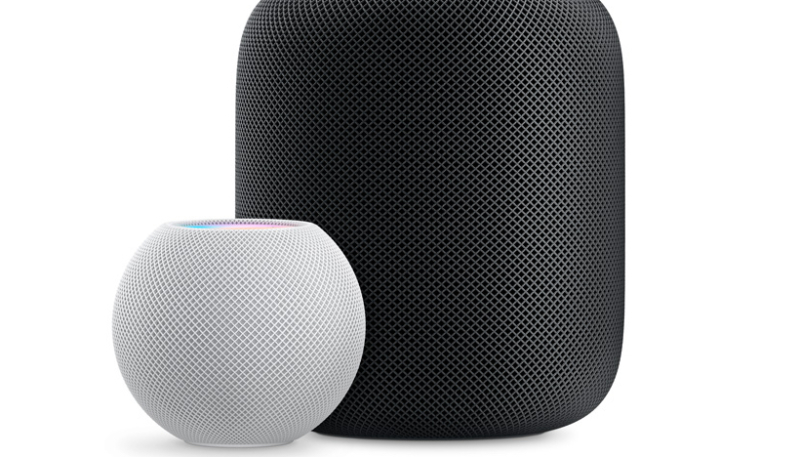Sometime soon, you may not have to utter the word “Siri” to issue a command to your HomePod. Instead, the HomePod may ready itself to receive a command or request by simply “looking” to see if you’re looking its way.
Do you ever say “Hey Siri” to your iPhone or Apple Watch, but the HomePod mini sitting in the same room responds? If you’re searching for information that would be displayed on your iPhone’s screen, it’s a bit frustrating when the HomePod mini responds instead.
Then, you have to deal with someone on the television who says “Hey Siri,” (or if the HomePod thinks they said “Hey Siri,”) your HomePod activates, startling whoever is sitting the closest to it.
A newly granted patent entitled “Device control using gaze information” indicates that Apple is working to resolve the above issue, as the patent shows a method of how a device might detect where a user is looking to determine which device the user is talking to.
The system uses an array of cameras and other sensors. It would first determine the location of the user, as well as the direction they are looking, to determine what the user is gazing at. The device would then actively listen, waiting to receive instructions.
This would allow the device to carry out the command, without the need to say “Siri.” Users could still say the “Hey Siri” trigger word to get the device’s attention without looking at the device.
Multiple devices in a single room would use gaze detection to determine which device needs to be activated, preventing responses from the other devices in that room.
The system could also allow a HomePod to detect if a user is looking at a specific object that they wish to interact with, and using the context of the user’s gaze, could detect which lamp needs to be turned on or off.
The patent was originally filed on August 28, 2019. The inventors listed on the patent are Sean B. Kelly, Felipe Bacim De Araujo E Silva, and Karlin Y. Bark.
Apple is granted numerous patents each year, and the granting of a patent doesn’t necessarily mean the Cupertino firm will implement an invention in an actual product.


